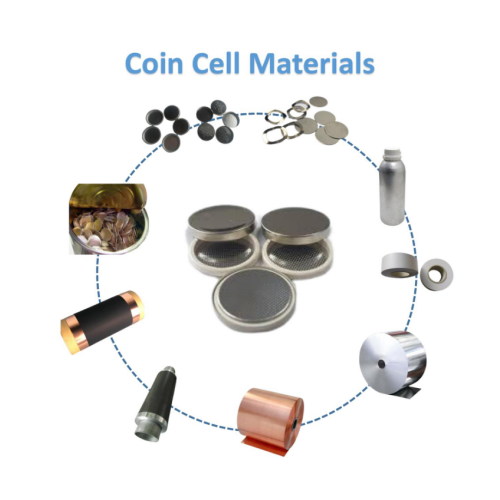Coin Cell pilot Plant: Powering Innovation in Battery Technology
Introduction:
In the rapidly evolving field of battery technology, the demand for high-performance coin cells has surged. Coin cells are widely used in various applications, including portable electronics, medical devices, and IoT devices. To meet this growing demand and drive innovation, the establishment of a Coin Cell Fabrication Plant is essential. In this blog post, we will explore the significance of a Coin Cell Fabrication Plant and its role in advancing battery technology.
State-of-the-Art Equipment:
A Button Cell Fabrication Plant requires state-of-the-art equipment to ensure precise and efficient manufacturing processes. This includes equipment for electrode preparation, coin cell assembly, electrolyte filling, sealing, and testing. Cutting-edge equipment such as electrode coating machines, die cutting machines, and vacuum sealing machines are employed to achieve consistent and reliable coin cell production.
Quality Control and Assurance:
Maintaining strict quality control measures is vital to ensure the performance and reliability of coin cells. A dedicated quality control department equipped with testing instruments and analysis tools is essential. Various tests, such as capacity measurement, cycle life testing, impedance analysis, and safety testing, are conducted to ensure the highest quality standards are met. Adhering to international quality certifications and standards further enhances the credibility and market acceptance of the coin cells produced.
Research and Development:
A Button Cell lab Plant serves as a hub for research and development activities in battery technology. By collaborating with universities, research institutions, and industry experts, the plant can drive innovation and explore new materials, manufacturing techniques, and battery designs. This continuous research and development efforts enable the production of coin cells with improved energy density, longer cycle life, and enhanced safety features.
Efficient Workflow and Automation:
To achieve high production efficiency, a Coin Cell Fabrication Plant incorporates automated processes and workflow optimization. Automated equipment, such as robotic arm systems, conveyor belts, and robotic packaging systems, streamlines the manufacturing process, reduces human error, and increases overall productivity. Efficient workflow design ensures smooth coordination between different stages of coin cell fabrication, from electrode preparation to final packaging.
Environmental Considerations:
Sustainability and environmental responsibility are crucial factors in modern manufacturing plants. A Coin Cell Fabrication Plant should implement eco-friendly practices such as waste management systems, energy-efficient machinery, and recycling programs. By minimizing the environmental impact, the plant contributes to a greener and more sustainable future.
Skilled Workforce:
A highly skilled workforce is essential for the successful operation of a Coin Cell Fabrication Plant. Battery engineers, researchers, technicians, and quality control experts with expertise in battery technology are recruited. Continuous training programs and knowledge-sharing initiatives ensure that the workforce remains updated with the latest advancements in coin cell manufacturing techniques, materials, and safety protocols.
Market Opportunities:
The establishment of a Coin Cell Fabrication Plant presents significant market opportunities. The growing demand for coin cells, driven by advancements in portable electronics and emerging applications, opens doors for new business ventures and partnerships. By producing high-quality and innovative coin cells, the plant can capture a share of the expanding market and establish a strong presence in the battery industry.





 Online service
Online service +86 13174506016
+86 13174506016
